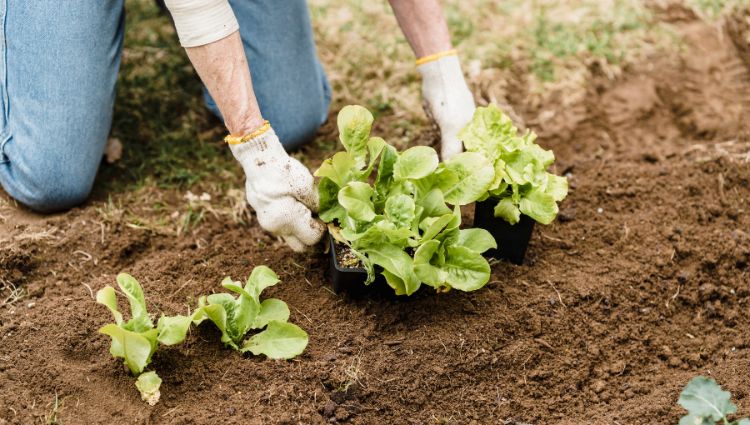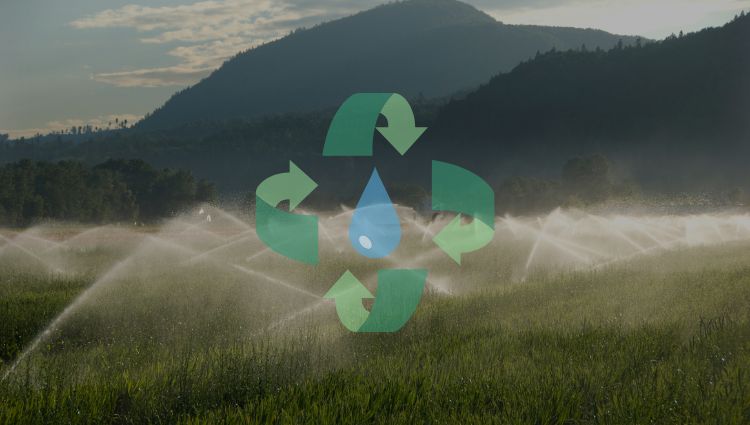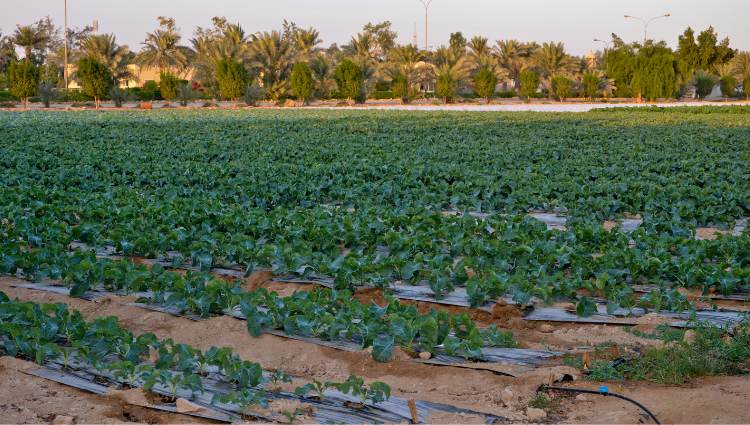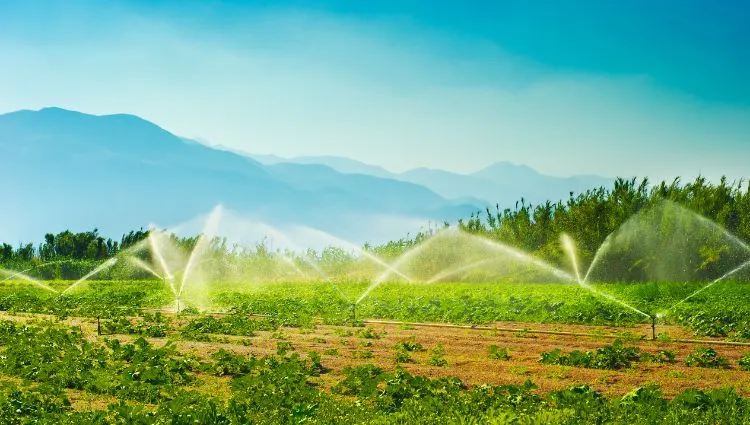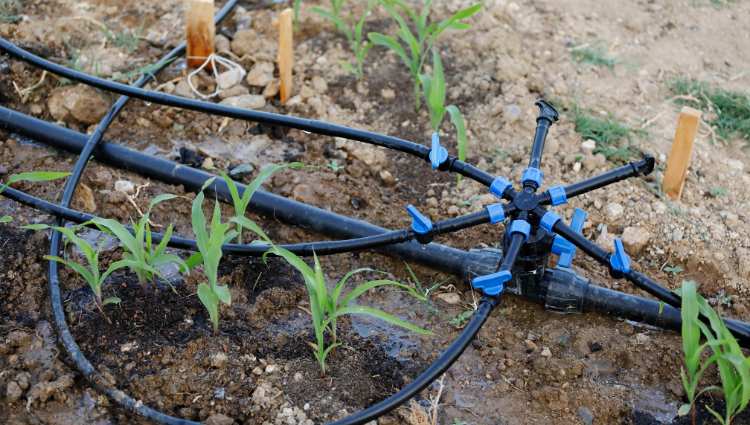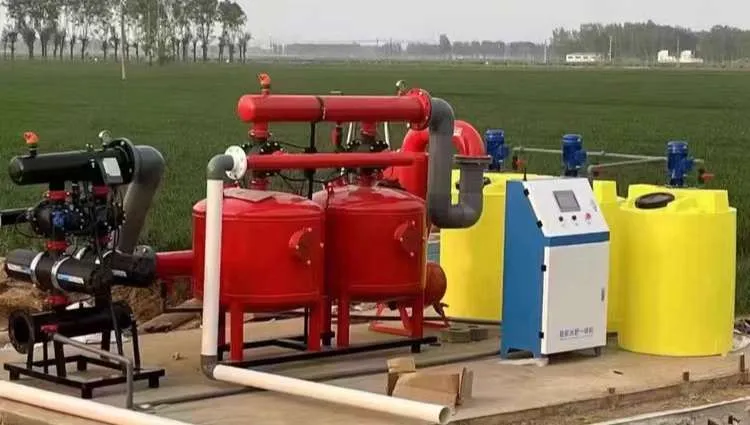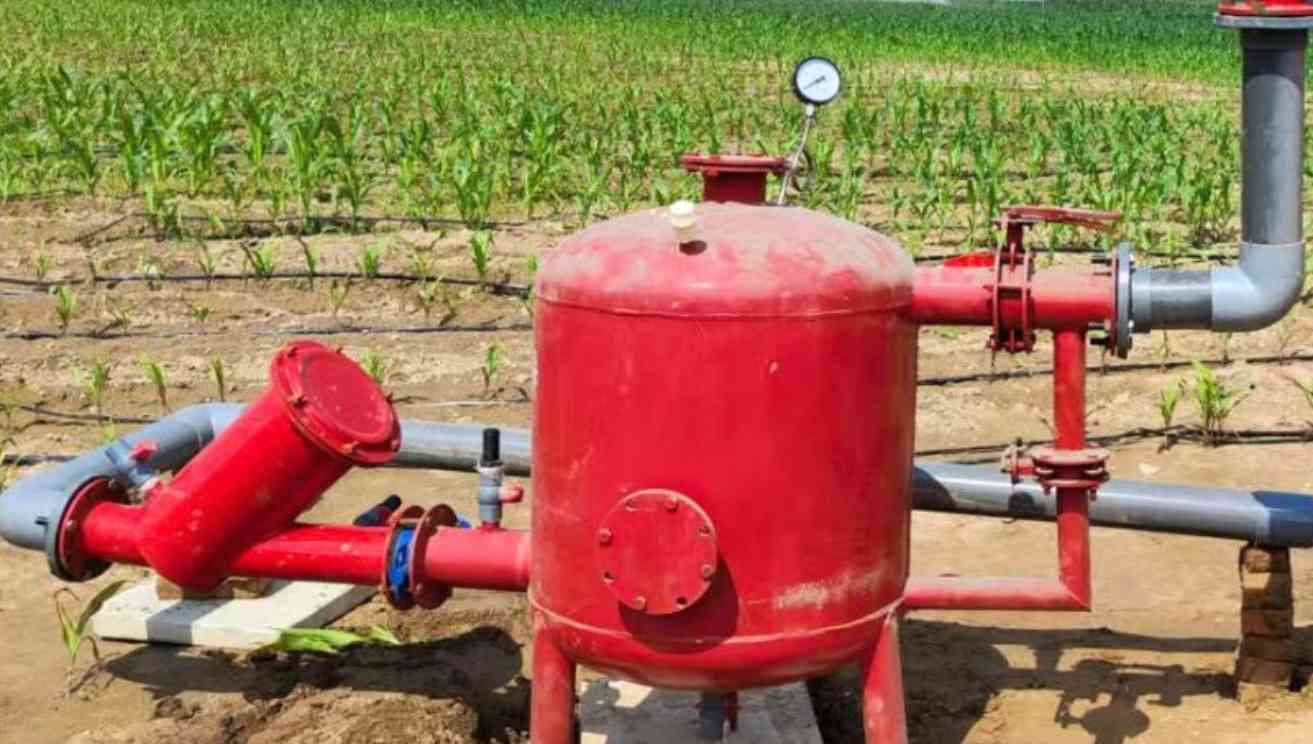目錄
土壤質地是指礦物顆粒的大小和比例 (沙, 黏土, 和淤泥) 在土壤中. 它影響土壤的持水能力, 透氣度, 營養保留, 栽培難度, 作物類型, 等等. 土壤質地主要可分為三種類型: 砂土, 粘土, 和壤土.
本文將介紹這三種土壤質地的特點.
砂土

沙土主要由沙粒組成. 當然, 還有粘土顆粒, 但比例很小. 沙質土壤非常疏鬆, 即使用水潤濕, 很難形成團塊. 顆粒之間有較大的孔隙, 因此其保水能力和養分保持能力均較弱. 無論是降雨還是人工灌溉, 水很容易從沙質土壤的孔隙中滲透或蒸發.
一般來說, 沙質土壤距地下水位較遠. 只有靠近河岸的沙土才有接近地表的地下水. 所以, 沙質土壤抗旱能力較弱,更適合種植西瓜等耐旱作物, 甘藷, 和花生.
在沙質土壤中種植農作物時, 建議少量多次灌溉,以確保及時充足的供水. 此外, 可以在沙土表面覆蓋一些粘土顆粒,以減少土壤表面的蒸發.
沙土缺乏粘土顆粒和有機質, 而且營養成分本來就很低, 營養保持能力差. 施用動物糞便或硫酸銨等肥料時, 它們很容易被濾掉, 而且施肥效果不會持續很長時間. 白天, 沙質土壤在陽光下迅速變暖, 但晚上也很快降溫. 所以它的保溫性較差, 同時它的透氣性也很好. 得益於這種透氣性, 沙質土壤微生物活性強, 有機物快速分解, 並釋放出營養物質, 讓作物更快進入生長階段. 然而, 沙質土壤有機質積累困難, 並且其含量較低. 所以, 施肥時, 最好選擇有機肥並經常施用,以確保施肥效果更持久.
粘土

粘土主要由粘土顆粒組成, 而且它含有很少的沙子. 粘土重而緻密. 濕潤時, 用手很容易就能擠成一團, 一旦它乾了, 腫塊變得很硬. 粘土顆粒之間的孔隙數量比沙土多, 但是毛孔很小, 所以雨水或灌溉水很難滲透, 而且排水也很差.
粘土富含礦物質和有機質. 其狹窄的毛孔經常被水堵塞, 使其透氣性差,能抑制某些微生物的活性. 粘土中的有機物分解緩慢並傾向於與粘土顆粒緊密結合, 使其難以分解且易於堆積. 因此, 粘土具有很強的養分保留能力, 而且其養分含量遠高於沙土.
粘土具有很強的持水能力和良好的保溫性. 早春時節, 潮濕的粘土升溫非常緩慢, 農民通常稱之為“冷土”。冬天, 粘土也慢慢冷卻, 因此,經歷短期寒潮的農作物遭受霜害的可能性較小.
缺乏有機質的粘土往往會結塊成大塊. 潮濕時, 它變得泥濘; 當乾燥時, 它變得堅硬並且容易破裂, 這會損害作物根部. 這給種植帶來了不便.
粘土適合種植水稻等喜水作物, 蔗, 和蓮藕. 施肥時, 應該使用有機肥料, 並且要注意排水. 最好在水充足的條件下通過集約化耕作方式種植粘土.
壤土

壤土的特性介於砂土和粘土之間. 它結合了兩者的優點,是一種非常平衡的土壤類型. 濕潤時, 用手很容易就能擠成一團, 而且它不會輕易散架.
壤土具有沙土的良好透氣性和易和易性, 以及粘土良好的持水能力和養分保留能力. 在農業種植領域, 它被認為是最理想的土壤質地之一, 適合種植玉米, 小麥, 大豆, 蔬菜, 和大多數其他作物. 科學管理灌溉和施肥, 壤土可以保證農作物的產量和品質.
比較表
上節已經介紹了沙土的特點, 粘土, 和壤土, 我相信你現在已經對它們有了清晰的認識. 然而, 讓您更容易理解和比較它們的功能, 我還準備了三者的對比表供大家參考.
| 土壤質地 | 砂土 | 粘土 | 壤土 |
| 主要成分 | 主要為沙粒, 與一個小 粘土顆粒的量 | 主要為粘土顆粒, 與一個 少量砂粒 | 沙子比例均衡 和粘土顆粒 |
| 結構特點 | 鬆動的 | 袖珍的 | 結構適中 |
| 持水能力 | 貧窮的, 輕鬆澆水 丟失或蒸發 | 強的, 保留大量水分, 容易發生內澇 | 緩和, 可以保留水分 無需過度積累 |
| 引流 | 非常好 | 貧窮的 | 好的 |
| 透氣度 | 非常好 | 貧窮的 | 好的 |
| 營養保留 | 貧窮的, 營養成分容易流失 | 強的, 營養物質容易積累 | 好的 |
| 保溫性 | 貧窮的, 大晝夜 溫差 | 強的, 良好的溫度穩定性 | 緩和 |
| 微生物活動 | 積極的, 有機物 分解很快 | 相對較低, 有機的 物質緩慢分解 | 緩和 |
| 易於栽培 | 易於栽培 | 栽培困難 | 易於栽培 |
| 適宜作物 | 耐旱作物, 例如 西瓜, 花生, 紅薯 | 喜水作物, 例如 米, 蔗, 蓮藕 | 大多數農作物, 比如玉米, 小麥, 大豆, 蔬菜, ETC. |
| 栽培建議 | 少量多次灌溉, 勤施有機肥 | 注意排水, 乾燥時多澆水 | 正常栽培, 合理施肥、灌溉 |
最後一句話
作者: 邁克爾
編輯: 邁克爾
內容審閱者: 邁克爾
